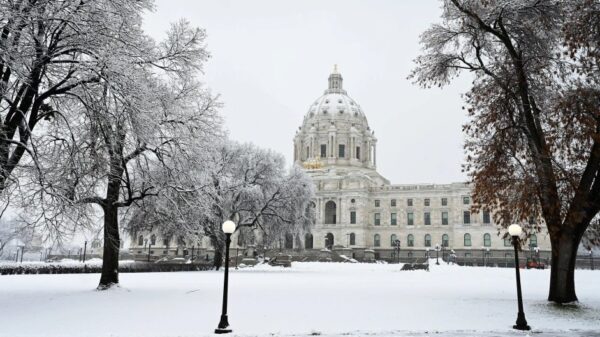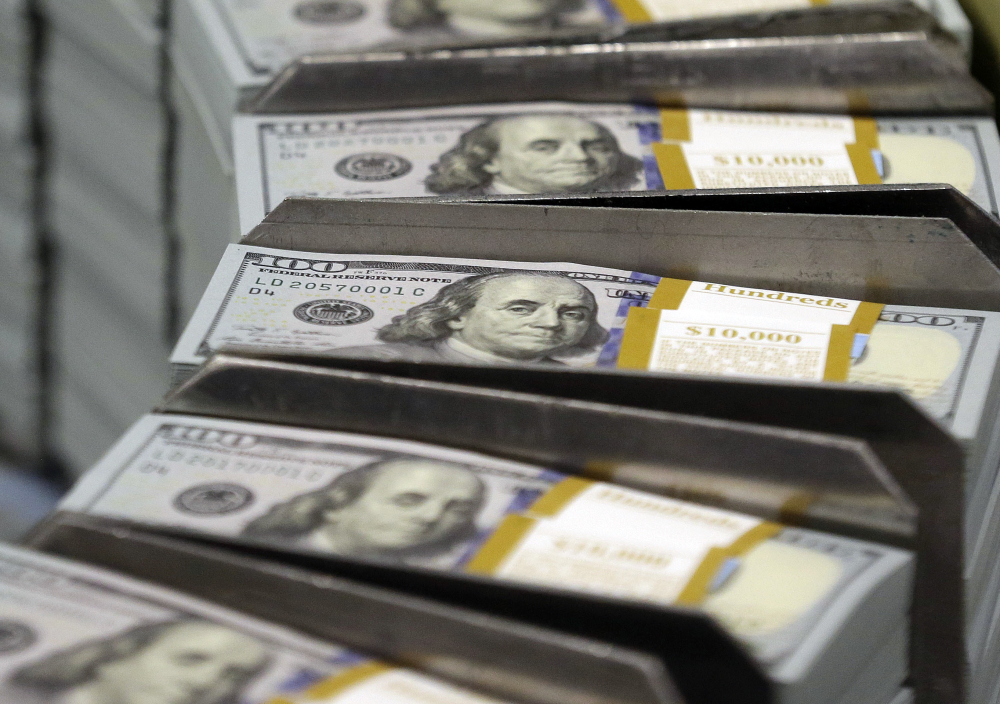Concerns are mounting over the United States’ escalating national debt, which has surpassed $31 trillion. This significant figure reflects a long-standing pattern of government spending that some experts argue is unsustainable. With the debt continuing to balloon, many are questioning the future implications for taxpayers and the overall economy.
The culture of increasing national debt has persisted for years, raising alarms among economists and policymakers. Despite the ability to finance this debt through various means, including issuing bonds and borrowing, the reality is that this approach cannot continue indefinitely. As the government balances the need for public services against the burden of debt repayment, the potential consequences grow more concerning.
Impacts of Rising Debt on the Economy
The implications of this rising debt extend beyond mere numbers. An increasing national debt can lead to higher interest rates, which might stifle economic growth. Additionally, as the government allocates a larger portion of its budget to servicing debt, funds for essential services such as education, infrastructure, and healthcare could diminish.
According to a report from the Congressional Budget Office, if the current trajectory continues, the debt could approach 200% of GDP by 2050. Such a scenario could lead to significant economic challenges, including a loss of investor confidence. This could further escalate borrowing costs, creating a cycle that becomes increasingly difficult to break.
Political Responses and Future Solutions
The political landscape surrounding fiscal policy has become contentious, with various factions offering differing views on how to address the national debt. Some advocate for immediate spending cuts, while others call for tax reforms aimed at increasing revenue. The challenge lies in reaching a consensus that balances fiscal responsibility with the need for public investment.
The government has implemented measures aimed at curbing the debt, such as the Budget Control Act of 2011, which sought to impose limits on discretionary spending. Nevertheless, many argue that these efforts have not been sufficient to reverse the trend of rising debt.
The path forward remains uncertain. As policymakers grapple with these challenges, the responsibility ultimately rests with taxpayers who will bear the consequences of decisions made today. With the national debt continuing to rise, the question remains: how much longer can this cycle of excessive spending persist without significant repercussions?





































































